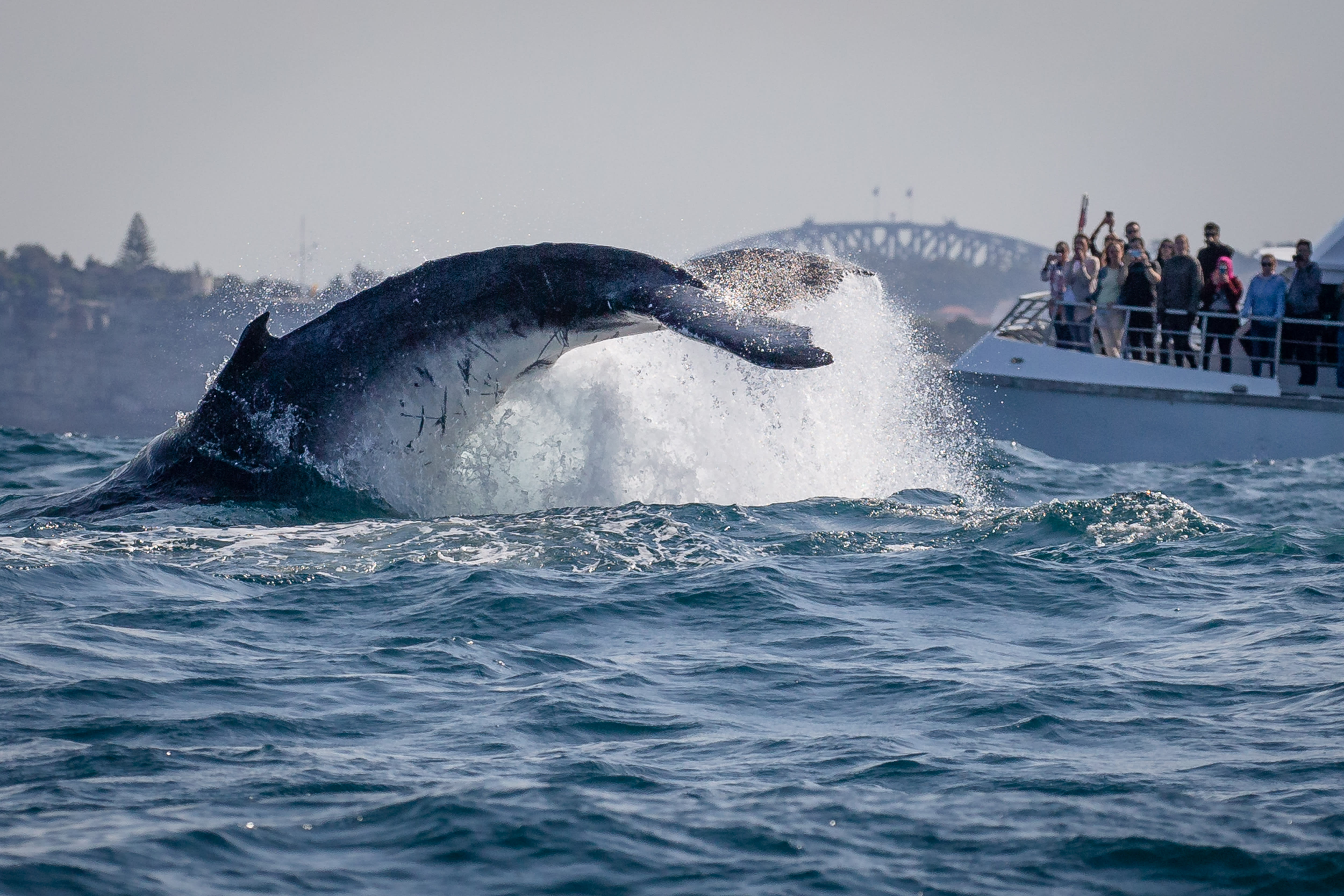Journeying from Shore and The Sea: Navigating the World of Cetacean Observation

Whale watching is a remarkable experience that links us with the splendor of nature in a fashion only a handful of endeavors can. As we get on a vessel and head into the open ocean, excitement fills the air. The sight of these imposing creatures leaping the surface, their powerful tails striking against the water, leaves us in admiration of their grace and size. Each moment spent with these calm giants becomes a valued memory, reminding us of the beauty and richness of marine life.
From the joy of spotting a spout in the distance to the delight of observing playful calves paddling alongside their mothers, whale watching invites us to experience the wonders of the ocean up close. It is an experience that surpasses mere observation; it fosters a deep gratitude for our planet and the crucial role whales play within it. As we discover the world of whale watching, we discover not just the physical beauty of these creatures, but also the significant connection we have with the natural world.
Top Places for Whale Watching
When it comes to whale watching, specific places globally stand out for the exceptional chances to see these magnificent creatures in their natural habitat. One of the premier destinations is Alaska, where the waters teem with a variety of whale species, such as humpbacks, gray whales, and orcas. The stunning scenery enhances the experience, with glaciers and rugged coastlines providing a breathtaking backdrop for potential sightings. Popular spots like Glacier Bay National Park and Kenai Fjords National Park attract visitors eager to witness these giants breaching and feeding.
Another top location for whale watching is the Azores Islands in the country of Portugal. This archipelago in the Atlantic offers unique opportunities to spot numerous species, including sperm whales and various dolphin species. The combination of warm waters and rich marine biodiversity makes the Azores a hotspot for casual watchers and serious whale lovers. With expert guides available, visitors can embark on boat tours that provide a deeper understanding of the whales' behaviors and migrations.
In North America, the coast of California is renowned for its whale watching experiences. Ranging from San Francisco to Southern California, whale watchers can see gray whales during their migration, as well as humpback and blue whales during the summer season. Several protected marine sanctuaries along the coast, such as the Channel Islands National Park, offer eco-friendly tours that not only allow for spectacular whale sightings but also promote the conservation of these majestic creatures. Whether from a boat or the shore, the California coast provides ample opportunities for unforgettable encounters with whales.
Advice for an Remarkable Experience

To maximize your whale watching adventure, planning ahead is key. Research the optimal times of year to spot whales in your selected location, as different species have varied migratory behaviors. Booking a excursion with a reputable company that focuses on environmentally-friendly practices will elevate your experience while ensuring the whales' well-being and comfort. Additionally, consider choosing intimate group tours for a more tailored experience and better opportunities to view these majestic animals.
Clothing and gear play a vital role in your comfort while out on the water. Dress in layers to adjust to changing weather conditions and bring a water-resistant jacket to shield against the ocean spray. A good pair of binoculars can enhance your viewing experience, enabling you to see whales from a distance. Don’t forget sunscreen and shades; even on overcast days, UV rays can be intense on the water.
Finally, be calm and respectful during your whale watching experience. Wildlife is inconsistent, and it may take time to see some whales. Stay quiet and pay attention to your guide, who will provide valuable information about the whales and their behaviors. Taking whale watching in iceland to appreciate the wonders of the ocean and the nearby environment will forge lasting recollections even when whales are not readily visible.
Comprehending Whale Behavior
Whale conduct is a intriguing aspect of their lives that greatly influences the enjoyment of whale watching. These majestic creatures exhibit a spectrum of actions, including feeding and interacting to migrating and leaping. Spectators can often witness whales leaping, a dramatic leap out of the ocean that serves both as a demonstration of power and possibly a way to shake off pests. Understanding these behaviors is key for fans hoping to spot of these incredible animals during their outings.
Communication among whales is another crucial factor that affects whale watching experiences. Cetaceans use a variety of clicks, whistles, and vocalizations to convey communication, which can be observed during group encounters or when mothers communicate with their calves. Certain species, like Megaptera novaeangliae cetaceans, are renowned for their intricate melodies, which can resonate for long distances underwater. These vocalizations not only provide understanding into their social structures but also enhance the thrill for those on whale watching excursions when they listen to these noises reverberating through the waters.
Ultimately, the migration routes of cetaceans are crucial for any whale watching plan. Depending on the time of year, various species are found in different locations, traveling thousands of miles to search for food or mating sites. For example, grey cetaceans undertake one of the longest migrations of any mammal, traveling from the cold waters of Alaska to the warm lagoons of Mexico. Understanding these migration patterns enables whale watchers to organize their outings appropriately, ensuring a higher chance of spotting these magnificent creatures in their natural habitats.
